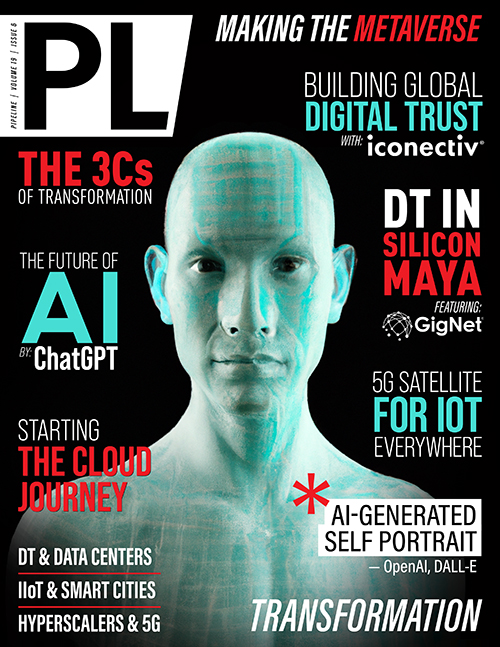How Hyperscalers Fit in a
5G-Connected World
The shift to ultra low-latency
edge computing
Smart cities are already enjoying infrastructure rejuvenation for the digital age, making street lighting, utilities, and traffic more efficient and greener. The emergence of more complex, better Advanced Driver-Assistance Systems (ADAS) means that, with vehicle-to-infrastructure communication, drivers and passengers will be able to optimize their routes based on real-time information from roads. In contrast, cities and road operators can build portfolios of valuable, real-time data about how thoroughfares and streets are used, better informing public safety measures and road maintenance. Here, system latency in the 1-2 millisecond range is crucial as a gating requirement for performance and driver safety.
In data centers, too, 5G-powered sensors and remote automation capabilities will manage and maintain the next generation, particularly at the edge—with these ‘lights out’ facilities surveyed by robots or drones and ultra-reliable low latency communications (URLLC) linking to service dispatch centers. In contrast, temperature and humidity sensors can feed environmental data back to automate hardware and HVAC adjustments. Because humans aren’t required to maintain them, unmanned data centers can also be in cooler, less hospitable climates—or even underwater—to make them naturally more efficient.
Distributed and disaggregated 5G networks
Use cases like these are poised to reshape industries for the better, allowing businesses to dive more granularly into data and chart new paths for efficiency. However, with costs and complexities only set to rise, some of the biggest challenges for hyperscalers will be driven by the intricacies of distributed, disaggregated, cloud-native 5G networks.
With technologies like virtualized RAN, massive multiple input – multiple output (MIMO), and antenna beamforming further complicating radio frequency (RF) and network performance testing, new challenges will likely emerge around spectrum analysis, demodulation, and service-level agreement (SLA) conformance.
This end-to-end network complexity is a challenge in a world where operators have to meet higher customer demands for performance, efficiency, and reliability while also managing their own stack.
To overcome this and fully realize the power of 5G and Open RAN, infrastructure must be equipped with seamless end-to-end network slicing orchestrated for the needs of each unique vertical it serves. This requires a departure from legacy methods of data center and network testing and assurance because critical 5G IoT use cases leave no margin for error around reliability and SLA conformance.
Stress testing lowers costs, outages, and boosts performance
New developments in network stress testing can assist in safeguarding or even preventing potential real-world failures. In contrast, pre-deployment testing for 5G verticals could be broadened into RF testing and certification, RAN transport or Xhaul connection calibration and verification, and application, slicing analytics, and emulation.
By emphasizing upstream testing and validation, operators can reduce unplanned outages, troubleshooting, or the need for updates after deployment while also boosting performance. Cloud-enabled test automation can run high-performance throughput testing between data centers to verify network slice integrity. Self-healing is a key attribute of autonomous networks, while data center intelligence can automatically adjust cell bandwidth, location, and tilt. Meanwhile, the emergence of Open RAN architecture offers huge opportunities in low latency verticals, partly due to the complete disaggregation and multivendor interoperability inherent to Open RAN.
Dark, zero-touch networks are feasible
As data centers become a more active part of the telco network, they must meet the challenges required by telecom operators for reliability in the 5G era—where self-managed, zero-touch networks governed by automation and robotics are finally feasible.



















